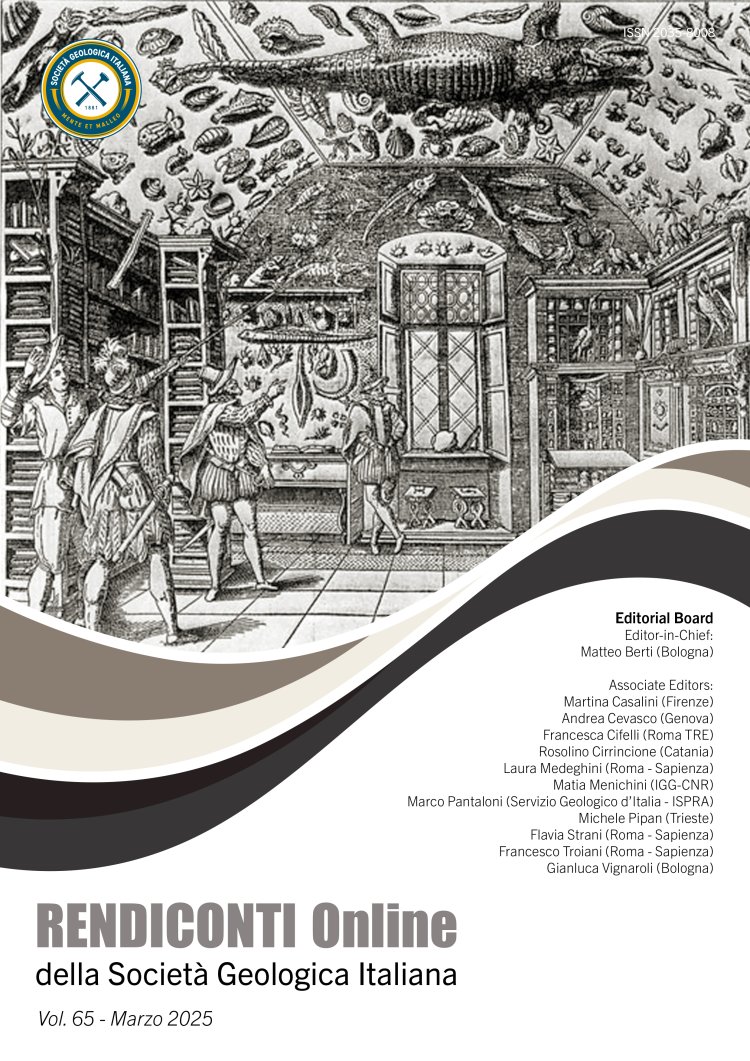
On the burning earth. The fascination of Vesuvius in the context of modern geology
Rossella De Ceglie1,2 & Carla Petrocelli1,2
1Università degli Studi di Bari Aldo Moro, Dipartimento di Ricerca e Innovazione Umanistica.
2Società Geologica Italiana- Sezione di Storia delle Geoscienze.
Corresponding author e-mail: rossella.deceglie@uniba.it; carla.petrocelli@uniba.it
Volume: 65/2025
Pages: 45-53
Abstract
Between the end of the 18th century and the first decades of the 19th century, at a time when the foundations of modern geology were being laid, Vesuvius and the entire volcanic area around Naples became a compulsory destination for the observations of local and foreign scholars. The uniqueness of the Neapolitan landscape and the majesty of the irascible volcano became a classic in geological literature, and two very different scholars, Carlos de Gimbernat (1768-1834) and Charles Babbage (1791-1871), could not help but write about it. Fascinated by Vesuvius, they both travelled the same routes, risking burning themselves in the ‘frightful furnace’; bewitched by the geological riches of the Phlegraean Fields, they lingered over the singular circular marks and mysterious holes left by shellfish on the marble of the “most remarkable building on the face of the earth”, clear proof that the Temple of Serapis was not always at the same level with respect to the sea.
Keywords
Get Full Text